If you’re one of those people who enjoy cooking with tarragon but don’t always have it on hand, never fear – there are plenty of delicious substitutes that can give your dish the same flavor profile. In this blog post, we’ll list 12 of the best replacements for tarragon, so you can continue to cook up your favorite recipes without having to miss a beat. Keep reading to learn more!
What is a Tarragon?
Tarragon (Artemisia dracunculus) is a perennial herb in the Asteraceae family. It’s native to Eurasia and North America and is often used as a culinary herb in French cuisine. The leaves of the tarragon plant are long and slender and have a serrated edge. They’re also aromatic, with a flavor that has been described as anise-like or licorice-like.
In terms of its culinary uses, tarragon can be used fresh, dried, or ground into a powder. It’s commonly used to flavor chicken, fish, and egg dishes, as well as soups and stews. Tarragon can also be used to make tarragon vinegar, which is a popular ingredient in salad dressings.
How Many Types Of Tarragon?
Russian tarragon (Artemisia dracunculoides) and French tarragon (Artemisia dracunculus var. sativa) are the two different kinds of tarragon. Both are in the Asteraceae family, known as daisies. Russian tarragon is easier to grow from seed and has a better flavor than its French counterpart, but it lacks the depth of flavor and can be bland in comparison. Its leaves are also smoother in texture than those of the French type.
Estragole, an organic component found in French tarragon, gives fennel, anise, and tarragon their unique tastes. French tarragon is generally grown from cuttings or division. It’s usually sterile, which means it rarely blooms or produces seeds, and can be difficult to cultivate. The Artemisia genus includes mugwort, sagebrush (not to be confused with culinary sage), and wormwood, among other things.
10 Best Tarragon Substitute Selections
What can you use instead of tarragon if you don’t have fresh ones on hand for your recipes that include tarragon? This part will introduce the top 10 tarragon substitute items that you may already have in your kitchen.
1.Dried Tarragon
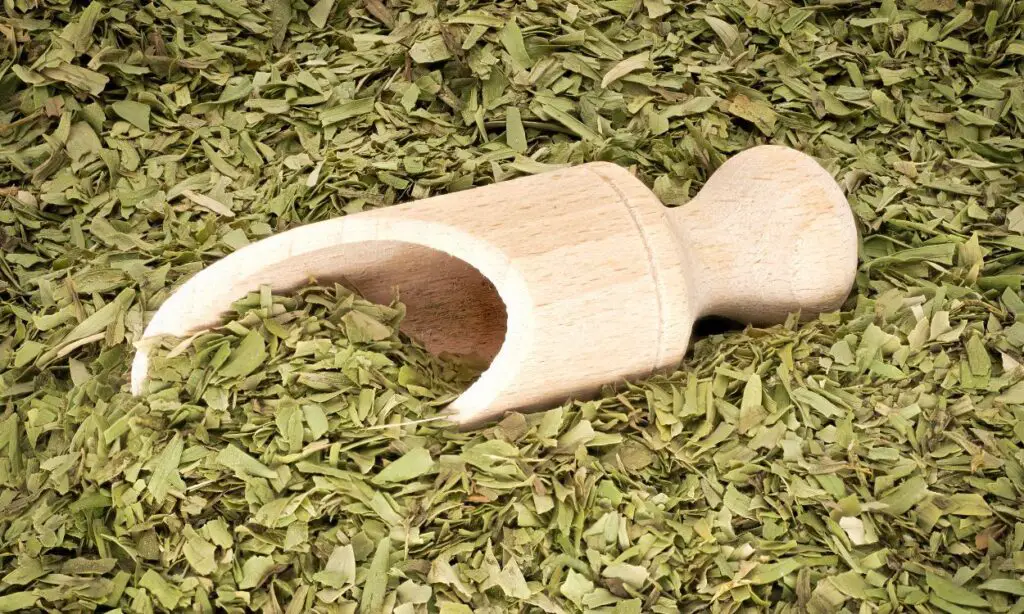
Dried tarragon is a good substitute for fresh tarragon. It has a similar flavor, and can be used in the same way. Tarragon is a herb that is commonly used in French cuisine. It has a slightly anise-like flavor and is often used to season chicken, fish, and vegetables. Dried tarragon can be found in most supermarkets, and is a good pantry staple to have on hand. When substituting dried tarragon for fresh, use half as much. Be sure to add it early in the cooking process, so that it has time to rehydrate and release its flavor. With a little planning, you can create delicious dishes using dried tarragon as a substitute for fresh tarragon.
2.Chervil

When it comes to herbs, there are a few key flavor profiles that chefs often seek out. One of these is an anise flavor, which is often achieved through the use of tarragon. However, tarragon can be difficult to find in stores, and it can also be quite expensive. As a result, many home cooks have started to explore alternative herbs that might be able to provide a similar flavor profile. One such herb is chervil. Like tarragon, chervil has a slight anise flavor that can liven up any dish. In addition, chervil is much easier to find in stores, and it is also relatively inexpensive. As a result, it is becoming increasingly popular as a substitute for tarragon. While it may not be a perfect replacement, chervil is a good option for those who are looking for an anise-flavored herb without the hassle or expense of tarragon.
3.Angelica

Angelica is a tall, flowering herb that has a sweet, musky flavor with a hint of juniper. It is often used in Scandinavian dishes, and is a popular ingredient in aquavit. Angelica can be used as a substitute for tarragon in many recipes. It has a similar flavor profile, although it is slightly sweeter than tarragon. When substituting angelica for tarragon, use angelica as a substitute for tarragon in a 1:1 ratio. This will help to balance the sweetness of the dish. Angelica can also be used as a substitute for anise in baking recipes. It has a similar licorice flavor but is not as strong.
Also Read:
4.Basil
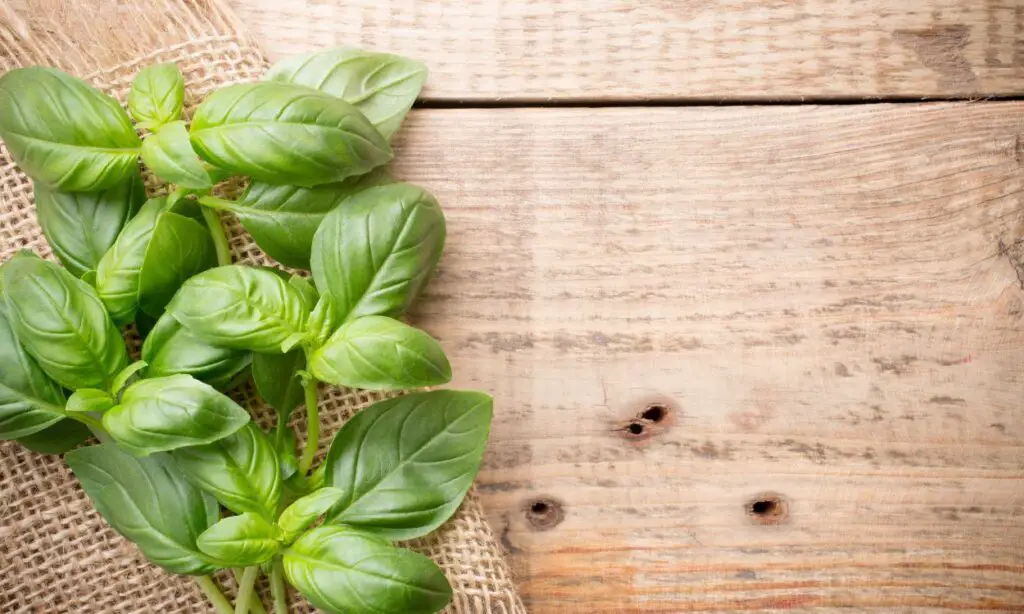
Basil is also a popular spice in Asia. Its flavor is similar to tarragon but milder, without the hint of licorice. If you want to get the right flavor, you will need to use a lot more basil to replace fresh tarragon. Two tablespoons of basil should be a perfect amount to alter one tablespoon of tarragon. Basil is an indispensable ingredient for pasta and cream sauces, salads, fish, and more. However, it should not be added to béarnaise sauce.
5.Marjoram
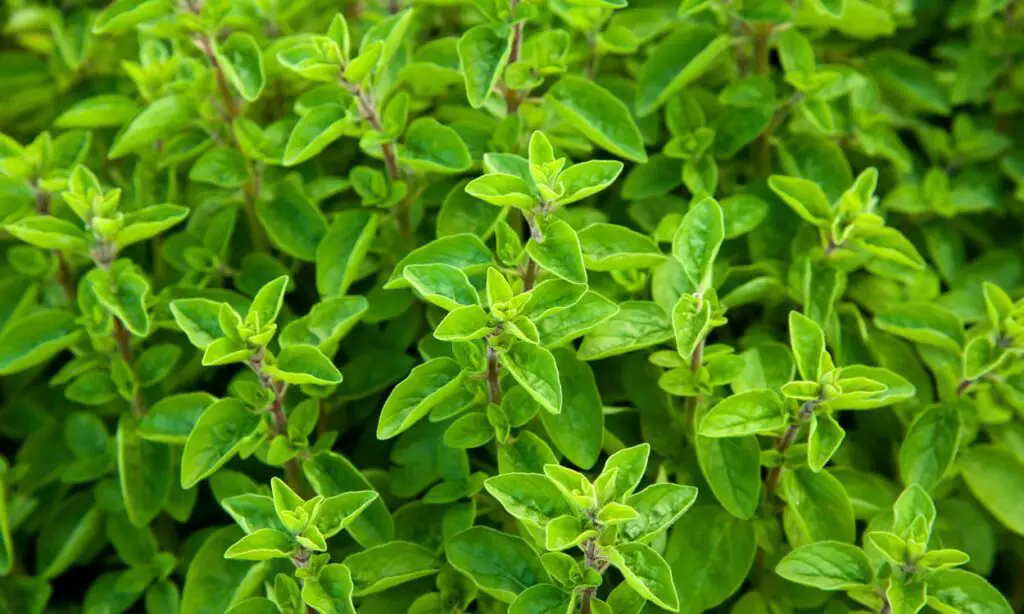
Herbs can add a touch of flavor to any dish, but finding the right one can be a challenge. Marjoram and tarragon are two popular herbs that are often used in French cooking. But what happens if you’re out of tarragon and need a substitute? Fortunately, marjoram is an excellent choice. Like tarragon, marjoram has a mild, slightly sweet flavor that pairs well with chicken, fish, and vegetables. It also has a similar appearance, making it a good choice for dishes that require a garnish. So next time you’re in a pinch, reach for the marjoram instead of tarragon. You’ll be glad you did.
6.Oregano
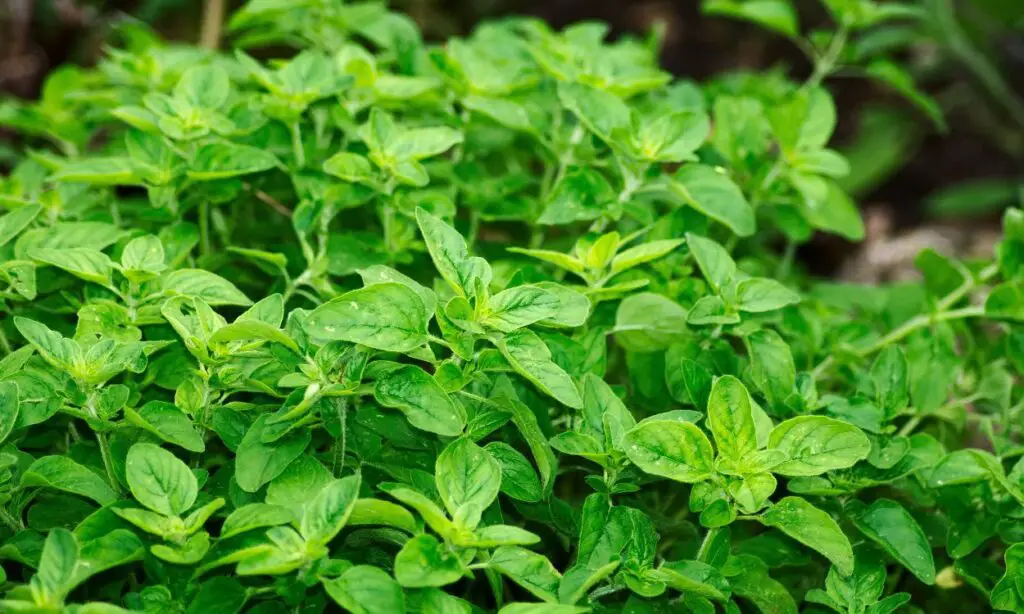
Some herbs are more versatile than others. Oregano, for example, can be used in a wide variety of dishes, from pizza and pasta to chicken and lamb. But what about tarragon? Is oregano a good substitute for this classic French herb?
Tarragon has a unique flavor that is difficult to replicate. It is sweet and anise-like, with hints of citrus and mint. As such, oregano is not an ideal substitute for tarragon in most recipes. However, if you are in a pinch and need to use up some oregano, you can try substituting it for tarragon in a 1:1 ratio. Just be aware that the dish will likely not taste quite the same.
7.Anise
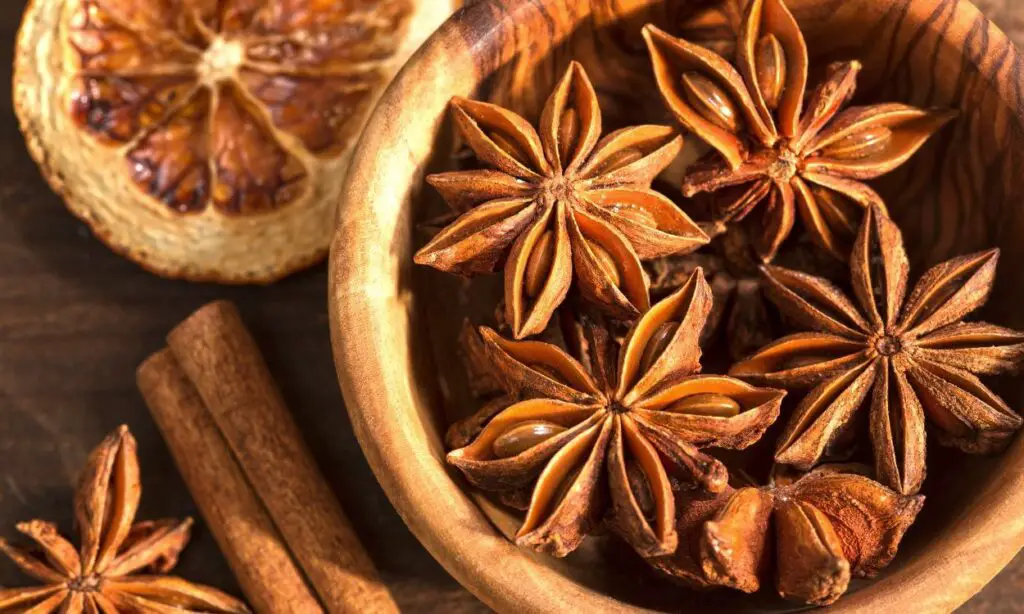
Anise is a plant in the Apiaceae family, which includes other spices such as cumin, fennel, and caraway. The seeds of the plant are what are used for cooking, and they have a licorice-like flavor that is sweet and slightly bitter. Anise is often used in baking, as well as in savory dishes from various cuisines.
It can be a good substitute for tarragon, as both herbs have a similar flavor profile. When substituting anise for tarragon, use a pinch or two of the herb to get the desired flavor. Too much anise can make a dish taste overly sweet, so it is important to use it sparingly. With a little experimentation, you can find the right balance of anise to suit your taste.
8.Fennel
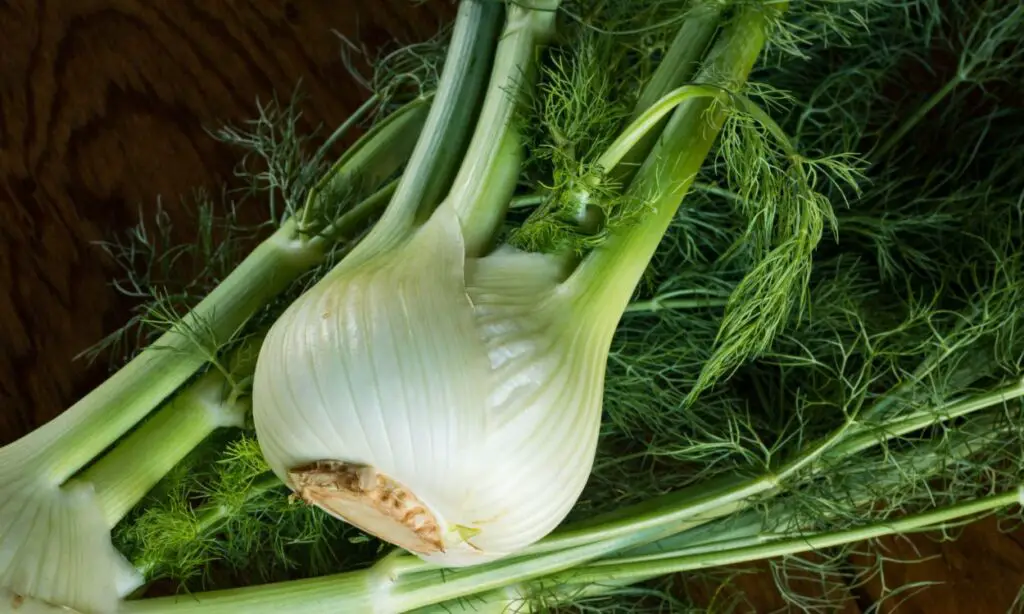
Fennel has a similar licorice taste to anise or chervil. It looks like celery but tastes much different. Fennel leaves or seeds can be used as a substitution for tarragon, depending on how strong of a flavor you want. Experiment with different ratios of leaves to seeds to find the perfect taste. Fennel is a delicate herb, so it works best in soups or sauces. You can substitute fennel leaves in a 1:1 ratio, but only use 1/8 tablespoon of seeds for every tablespoon of tarragon called for in a recipe.
9.Dill

If you don’t appreciate the licorice taste that tarragon gives off, you may want to consider using dill as a replacement. Dill does not have the licorice and anise flavor or smell, but it still tastes similar to tarragon. Therefore, using it in your recipe could actually improve the dish depending on your personal preferences. If you are looking for an exact replacement for tarragon, fresh or dried dill is not going to be your best option. However, if you want a different taste than what tarragon provides, this may be a good alternative for you. Dill pairs well with seafood, but it can be used in conjunction with any type of food. When cooking with dill in place of tarragon, use a 1 to 1 ratio.
10.Rosemary
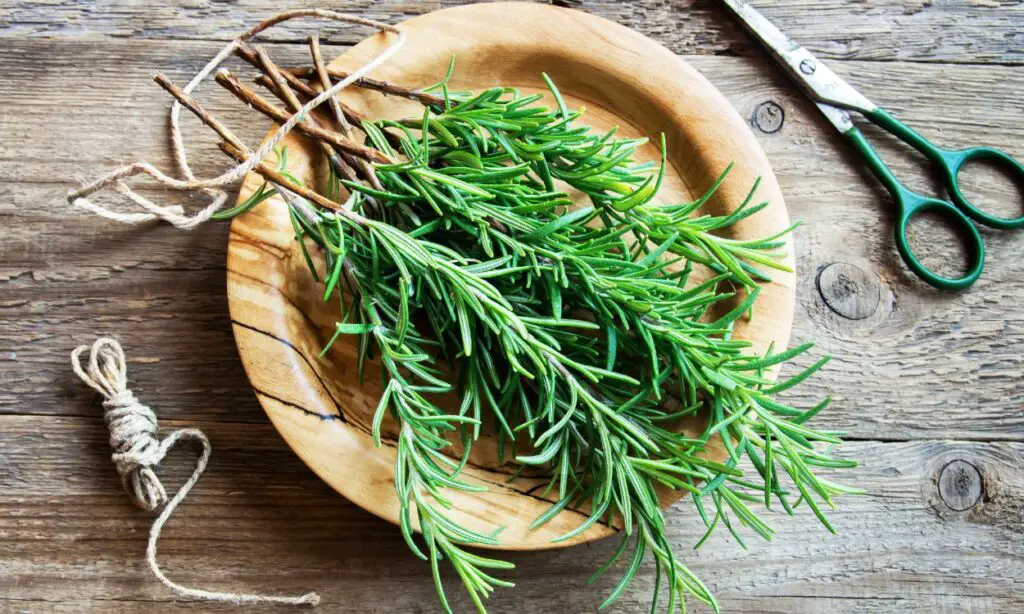
Rosemary is an evergreen herb with a strong, earthy flavor. It is commonly used in French and Italian cuisine but goes well with any dish that has meats or sauces. Rosemary has a zesty-lemon pine flavor, which is slightly different from the tarragon. When substituting rosemary for tarragon, use it sparingly, as the flavor is more intense.
11.Fresh Parsley and Cinnamon

If you’re looking for a tarragon substitute that will give your dish a similar flavor profile, try mixing fresh parsley with cinnamon. The combination of bitter and sweet notes produced by these two ingredients is similar to what you would get from the tarragon. This substitution is particularly well-suited for making béarnaise sauce. To use this method, simply simmer together ½ teaspoon of cinnamon, one tablespoon of parsley, and ¼ cup of water.
12.Thyme
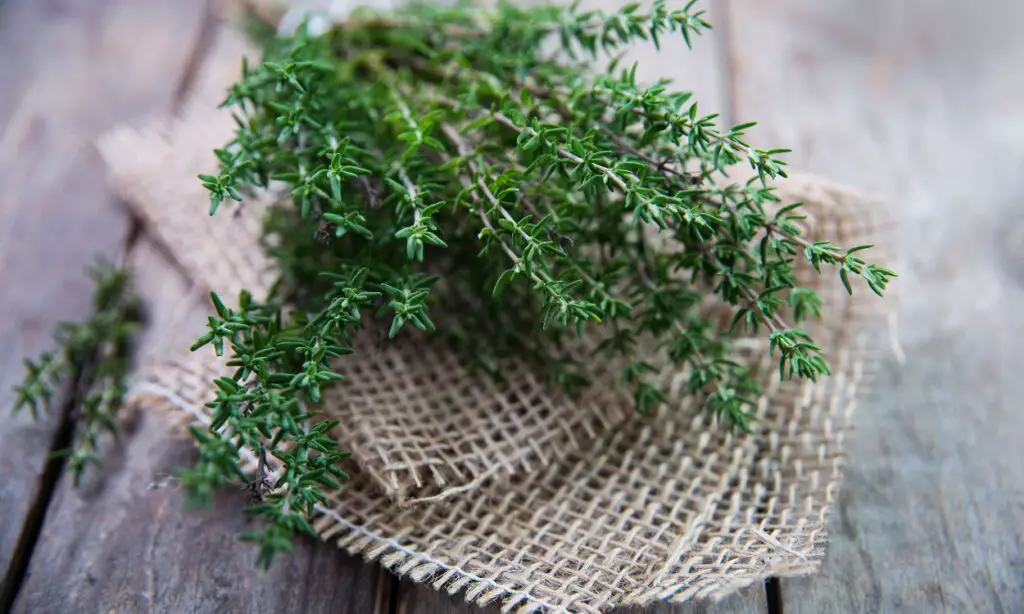
When it comes to herbs, there are a lot of different options to choose from. If you’re looking for a tarragon substitute, thyme is a good option to consider. Although the two herbs have different flavor profiles, they can be used interchangeably in many recipes. Thyme has a slightly minty flavor that pairs well with chicken, fish, and vegetables. It’s also versatile enough to be used in both savory and sweet dishes. If you’re looking for a tarragon substitute that will give your food a unique flavor, thyme is worth considering.
Let’s look at the few tarragon replacements you can use if you run out of stock now that you’re acquainted with it. Although this plant has a strong flavor, bordering on harsh, there are herbs that have a similar flavor to tarragon. Though you may not get the same taste as this flavorful herb, these substitutes for tarragon can get you close.
Also Read:
Suggested Dried Tarragon Substitute Ideas per Tablespoon of Tarragon
| Herb | Amount (for every 1 T of fresh tarragon) |
|---|---|
| Marjoram | 1 tablespoon |
| Dried Dill | 1 tablespoon |
| Dried Oregano | 1 tablespoon |
| Dried Rosemary | 1 tablespoon |
Suggested Fresh Tarragon Substitution Ideas per Tablespoon of Tarragon
| Herb | Amount (for every 1 T of fresh tarragon) |
|---|---|
| Chervil | 1 ½ tablespoon |
| Fennel Seeds | ½ tablespoon |
| Angelica | 1 tablespoon |
| Basil Leaf | 2 tablespoon |
Substitute for tarragon in potato soup
If you don’t know what to replace the tarragon in the potato soup recipe Gimme some oven has prepared a great recipe for this soup, which does not use tarragon.

Easy Potato Soup recipe is quick and easy to make on the stovetop, it’s nice and creamy (without using heavy cream), and it’s always so cozy and comforting and delicious
Heat a large stockpot over medium-high heat. Add diced bacon and cook until crispy, stirring occasionally. Transfer the bacon to a separate plate, using a slotted spoon, reserving about 3 tablespoons of bacon grease in the stockpot. (Discard any extra grease, or you can substitute butter in place of the 3 tablespoons of bacon grease. Also, if you are short on time, you can dice the potatoes and onion while the bacon cooks to save time.)
Add onion and sauté for 5 minutes, stirring occasionally, until soft. Stir in the garlic and sauté for an extra 1-2 minutes, stirring occasionally, until fragrant. Stir the flour into the mixture and sauté for an additional 1 minute to cook the flour, stirring occasionally. Then stir in the stock until combined, followed by the milk and potatoes.
Continue cooking until the mixture just reaches a simmer, before it begins to boil. Then reduce heat to medium-low, cover, and simmer for about 10-15 minutes or until the potatoes are soft, being sure to stir the soup every few minutes so that the bottom does not burn. (The smaller you dice your potatoes, the faster your soup will cook.)
Once the potatoes are nice and soft, stir in the cheddar cheese and Greek yogurt (or sour cream), salt, pepper and cooked bacon bits. Taste and season with extra salt and pepper, if needed.
Serve warm, garnished with desired toppings. Or, transfer to a sealed container and refrigerate for up to 3 days.
Ingredients
Directions
Heat a large stockpot over medium-high heat. Add diced bacon and cook until crispy, stirring occasionally. Transfer the bacon to a separate plate, using a slotted spoon, reserving about 3 tablespoons of bacon grease in the stockpot. (Discard any extra grease, or you can substitute butter in place of the 3 tablespoons of bacon grease. Also, if you are short on time, you can dice the potatoes and onion while the bacon cooks to save time.)
Add onion and sauté for 5 minutes, stirring occasionally, until soft. Stir in the garlic and sauté for an extra 1-2 minutes, stirring occasionally, until fragrant. Stir the flour into the mixture and sauté for an additional 1 minute to cook the flour, stirring occasionally. Then stir in the stock until combined, followed by the milk and potatoes.
Continue cooking until the mixture just reaches a simmer, before it begins to boil. Then reduce heat to medium-low, cover, and simmer for about 10-15 minutes or until the potatoes are soft, being sure to stir the soup every few minutes so that the bottom does not burn. (The smaller you dice your potatoes, the faster your soup will cook.)
Once the potatoes are nice and soft, stir in the cheddar cheese and Greek yogurt (or sour cream), salt, pepper and cooked bacon bits. Taste and season with extra salt and pepper, if needed.
Serve warm, garnished with desired toppings. Or, transfer to a sealed container and refrigerate for up to 3 days.
FAQ:
What to substitute for tarragon in béarnaise sauce?
Tarragon’s flavor can be somewhat harsh, so a little of fresh parsley can already suffice in some recipes. You’ve just created yourself a wonderful tarragon replacement by combining it with cinnamon! Parsley and cinnamon have bitter and pleasant tastes that are comparable to tarragon when mixed together.
However, this tarragon replacement idea is only useful if you’re creating a béarnaise sauce. To utilize this as a substitute, combine one teaspoon cinnamon, one tablespoon parsley, and ¼ cup water in your most used saucepan.
Can dried tarragon be substituted for fresh?
When tarragon is substituted for fresh tarragon, use it sparingly since dried tarragon is more potent (strong in taste). I usually begin with 1 teaspoon of fresh tarragon for each 1/2 tablespoon of dried tarragon called for in a recipe. Taste as you go along and make any necessary adjustments.
How do I substitute fresh tarragon for dried?
When tarragon is substituted for fresh tarragon, use it sparingly since dried tarragon is more potent (strong in taste). I usually begin with ½ teaspoon of dried tarragon for each tablespoon of fresh tarragon called for in a recipe. Taste as you go along and make any necessary adjustments.
Is oregano a good substitute for tarragon?
Although oregano and tarragon come from different plant families, they share a lot of similarities in terms of flavor. Both herbs have a slightly minty taste with hints of pine and lemon. They also pair well with chicken, fish, and vegetables.
For these reasons, oregano makes a great substitute for tarragon. If you’re looking to replace tarragon in a recipe, simply use oregano in the same proportion. You may need to experiment with the amount depending on your personal preferences. But in general, one teaspoon of oregano can be used in place of one tablespoon of tarragon.
Is thyme a good substitute for tarragon?
Although thyme and tarragon have different flavor profiles, they can be used interchangeably in many recipes. Thyme has a slightly minty flavor that pairs well with chicken, fish, and vegetables. It’s also versatile enough to be used in both savory and sweet dishes.
For these reasons, thyme makes a great substitute for tarragon. If you’re looking to replace tarragon in a recipe, simply use thyme in the same proportion. You may need to experiment with the amount depending on your personal preferences. But in general, one teaspoon of thyme can be used in place of one tablespoon of tarragon.
Can i substitute tarragon for marjoram?
Yes, marjoram can be used as a substitute for tarragon. Both herbs have a similar flavor profile with hints of mint and lemon. They also pair well with chicken, fish, and vegetables.
When substituting marjoram for tarragon, use it in the same proportion. You may need to experiment with the amount depending on your personal preferences. But in general, one teaspoon of marjoram can be used in place of one tablespoon of tarragon.

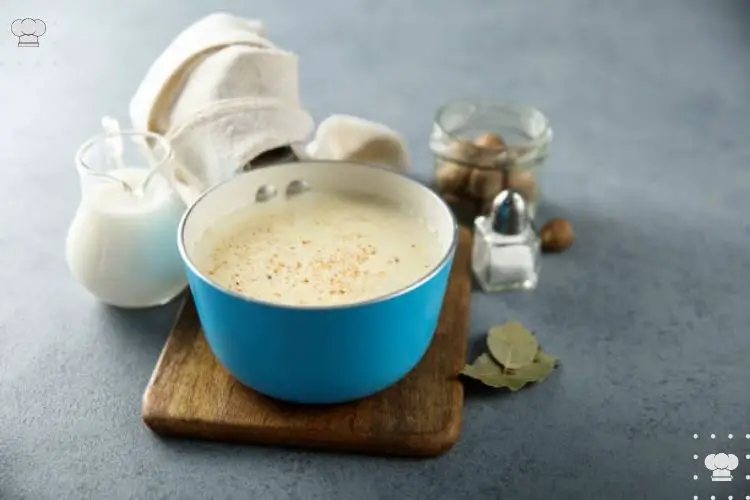
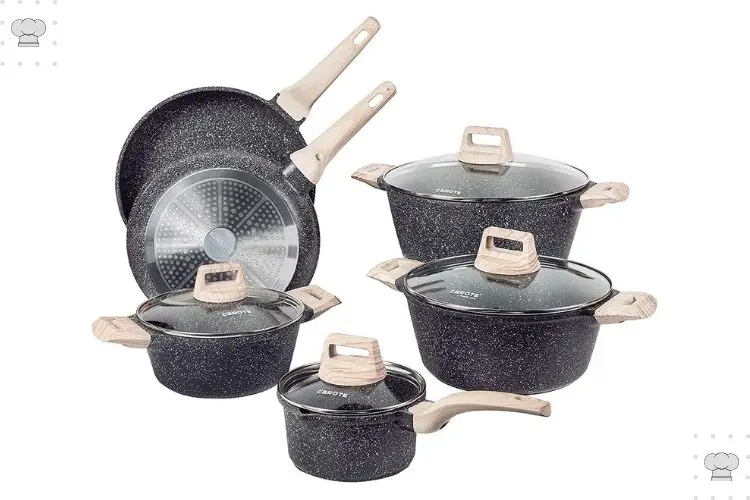
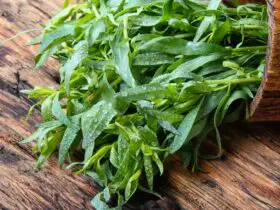

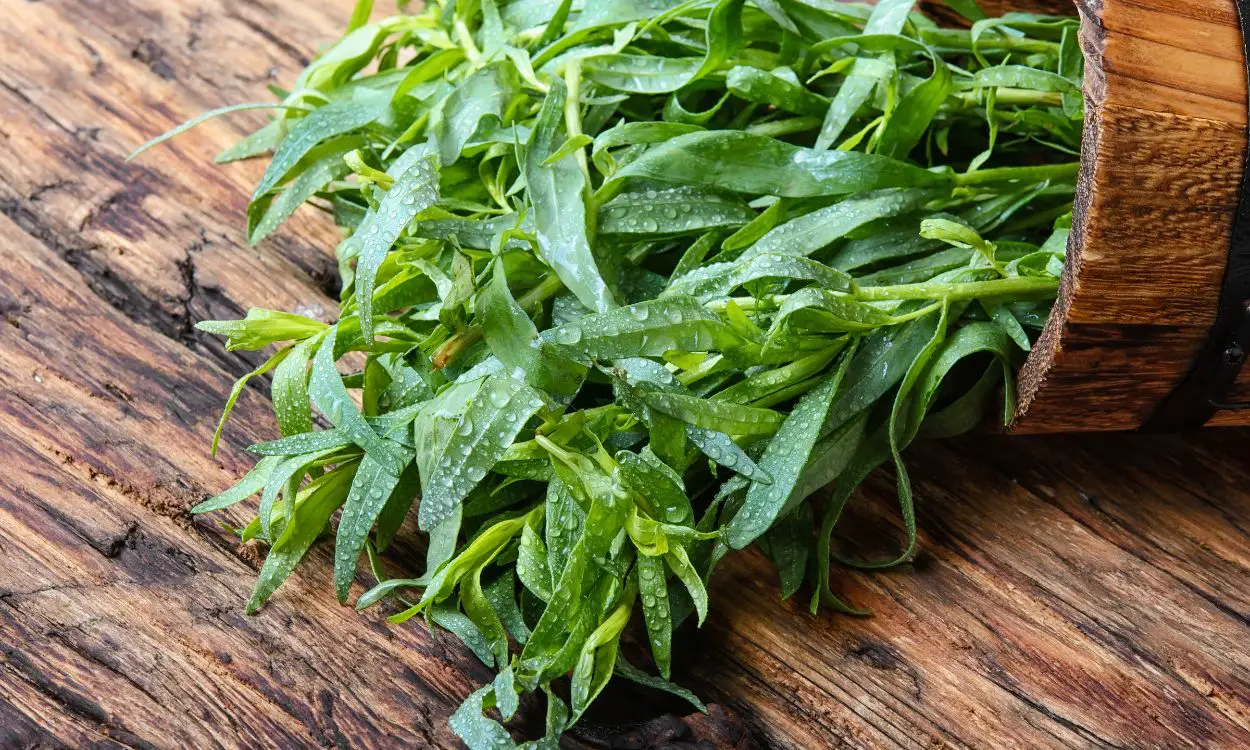


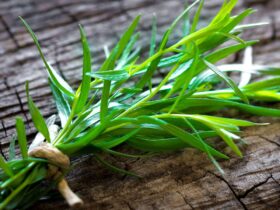

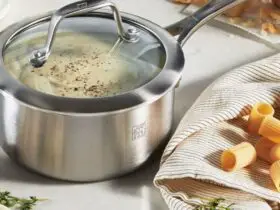

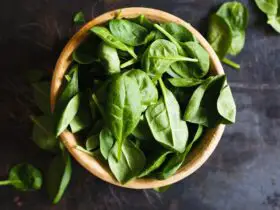
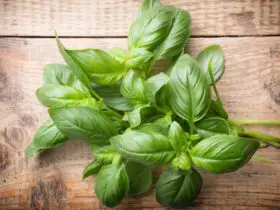
Leave a Reply